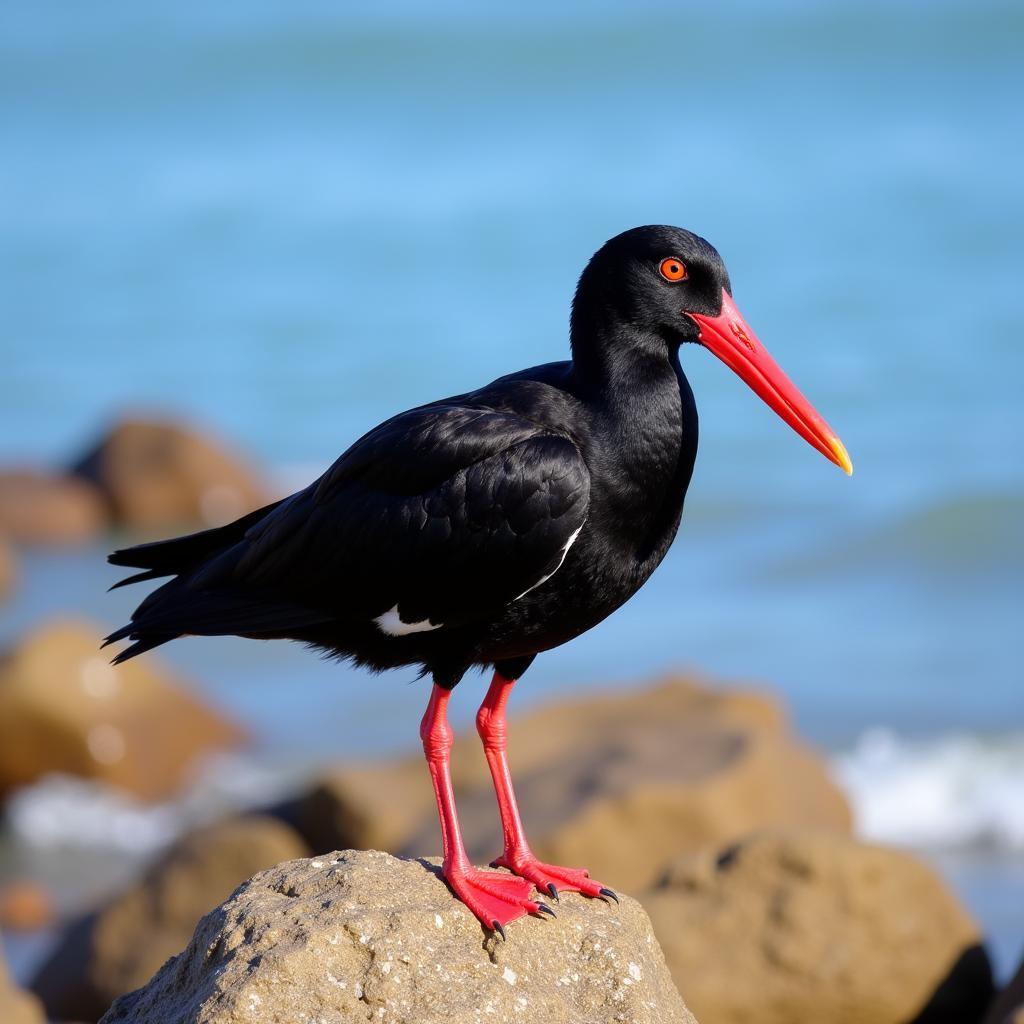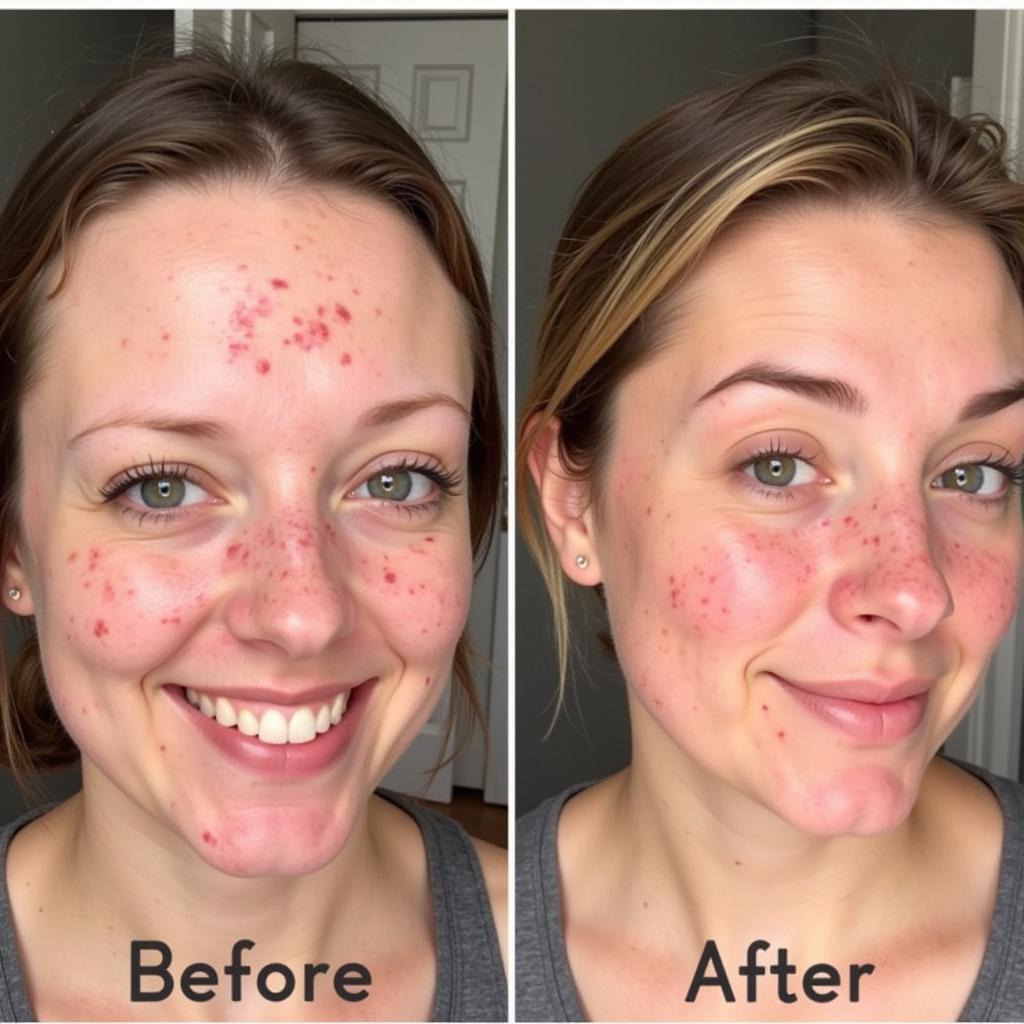What Causes African Sleeping Sickness?
African Sleeping Sickness Is Caused By a parasite transmitted through the bite of the tsetse fly. This debilitating disease, scientifically known as Human African Trypanosomiasis (HAT), predominantly affects impoverished rural communities in sub-Saharan Africa. Understanding the cause, transmission, and impact of this illness is crucial for effective prevention and treatment. After the initial bite, the disease progresses through distinct stages, each with its own set of debilitating symptoms.
Understanding the Parasite Behind African Sleeping Sickness
African sleeping sickness is caused by two subspecies of the Trypanosoma brucei parasite: Trypanosoma brucei gambiense and Trypanosoma brucei rhodesiense. T. b. gambiense is responsible for the majority of reported cases, while T. b. rhodesiense causes a more acute form of the illness. These microscopic parasites live and multiply within the tsetse fly, their primary vector. The tsetse fly thrives in specific vegetation zones, often near water sources, which limits the geographical distribution of the disease. Learn more about related illnesses like african blood disease.
The life cycle of the parasite involves both the human host and the tsetse fly. When an infected fly bites a human, the parasites are injected into the bloodstream, where they multiply and eventually invade the central nervous system. This invasion is what leads to the neurological symptoms characteristic of the disease, including sleep disturbances, confusion, and eventually coma. You can find more information on the symptoms at african trypanosomiasis symptoms.
How is African Sleeping Sickness Transmitted?
The primary mode of transmission is through the bite of an infected tsetse fly. These flies feed on the blood of both humans and animals, making both potential hosts for the parasite. While humans are the primary reservoir for T. b. gambiense, animals, particularly wild game, can harbor the T. b. rhodesiense parasite. Other less common modes of transmission include mother-to-child transmission during pregnancy and, very rarely, through blood transfusions or accidental laboratory exposure.
What are the risk factors for contracting African Sleeping Sickness?
Living or working in rural areas where tsetse flies are prevalent significantly increases the risk of contracting the disease. Agricultural workers, fishermen, and those living near water sources are particularly vulnerable. Furthermore, poverty, limited access to healthcare, and conflict can exacerbate the impact of the disease by hindering prevention and treatment efforts. Understanding these factors is vital for implementing targeted public health interventions.
Diagnosis and Treatment of African Sleeping Sickness
Early diagnosis is crucial for effective treatment and preventing the progression of the disease to its neurological stage. Diagnosis involves microscopic examination of blood samples or cerebrospinal fluid to detect the presence of the parasite. Several drug treatments are available, but the specific medication used depends on the stage of the disease and the subspecies of the parasite involved. You can learn more about prevention strategies at african sleeping sickness prevention.
“Early intervention is key in managing African sleeping sickness,” explains Dr. Abena Kwame, a leading parasitologist at the Kintampo Health Research Centre in Ghana. “The sooner the disease is diagnosed and treated, the better the chances of a full recovery.”
Prevention of African Sleeping Sickness: Protecting Vulnerable Communities
Preventing African sleeping sickness involves a multi-pronged approach, including vector control, early diagnosis, and treatment. Vector control strategies aim to reduce tsetse fly populations through trapping, insecticide spraying, and the use of sterile insect techniques. Raising community awareness about the disease and its transmission is also crucial for encouraging preventative measures such as wearing protective clothing and using insect repellents. Find further details about the disease at african trypanosomiasis.
“Community engagement is essential for successful prevention programs,” adds Dr. Femi Olajide, a public health expert specializing in neglected tropical diseases. “Educating communities about the risks and empowering them to take preventative measures is key to controlling the spread of the disease.”
Conclusion: Combating a Neglected Tropical Disease
African sleeping sickness, caused by the Trypanosoma parasite and transmitted by the tsetse fly, continues to pose a significant threat to vulnerable communities in sub-Saharan Africa. Understanding the factors that contribute to its transmission and focusing on comprehensive prevention and treatment strategies are vital for controlling the spread of this neglected tropical disease. For more information on the causes of African sleeping sickness, visit african sleeping sickness is due to. Continued research, community engagement, and international collaboration are crucial to ultimately eradicating this debilitating disease.
FAQ
- What is the most common symptom of African sleeping sickness? Sleep disturbances, including excessive daytime sleepiness.
- How is African sleeping sickness diagnosed? Through microscopic examination of blood or cerebrospinal fluid.
- Can African sleeping sickness be cured? Yes, with early diagnosis and treatment.
- Where is African sleeping sickness most prevalent? Sub-Saharan Africa.
- What insect transmits African sleeping sickness? The tsetse fly.
- What are the two types of African sleeping sickness? Gambiense and Rhodesiense.
- How can I prevent African sleeping sickness? By avoiding tsetse fly bites through protective clothing and insect repellents.
Common Scenarios and Questions
- Scenario: A traveler returning from a safari in East Africa experiences fever and fatigue. Question: Could this be African sleeping sickness?
- Scenario: A villager in a rural area near a river develops swollen lymph nodes. Question: Should they be tested for African sleeping sickness?
Further Exploration
For more information on related health topics, please explore our articles on other vector-borne diseases and public health initiatives in Africa.
Contact Us
When you need assistance, please contact us at Phone Number: +255768904061, Email: [email protected] Or visit us at: Mbarali DC Mawindi, Kangaga, Tanzania. We have a 24/7 customer service team.



